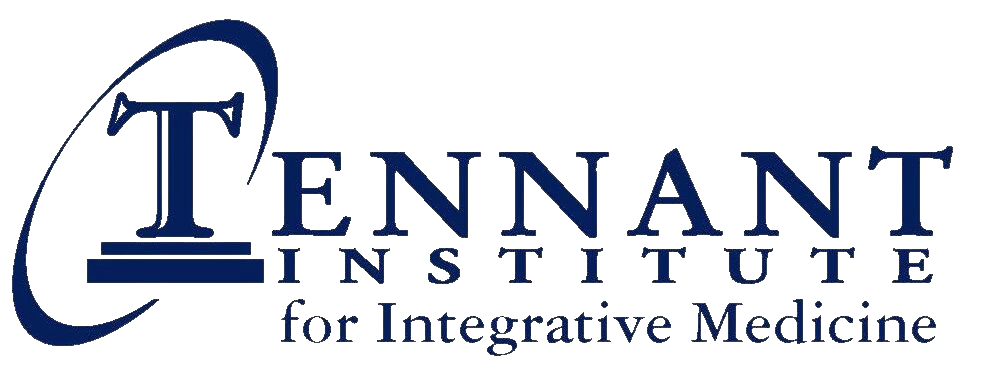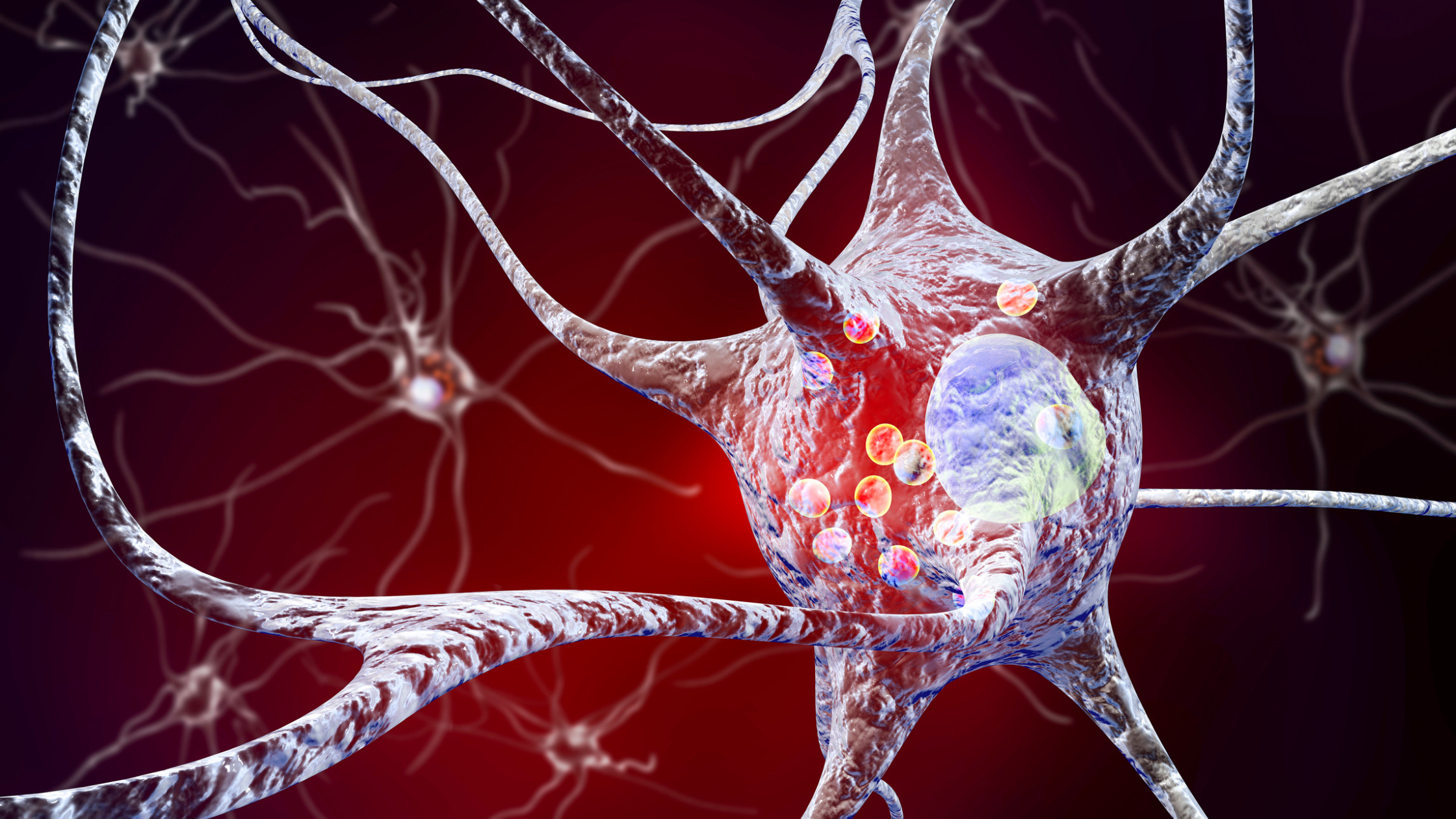Understanding Lyme Disease: Debunking Common Misconceptions
Lyme disease is a highly problematic and widespread illness that affects millions of people in the United States. In this blog post, we will explore the origins of Lyme disease, debunk common misconceptions, and discuss new healing modalities that offer hope to those suffering from this debilitating condition.
Understanding the Origins of Lyme Disease
Contrary to popular belief, Lyme disease is not solely transmitted through deer tick bites. The history of Lyme disease can be traced back to World War II when German scientists developed the Lyme disease bacteria as a biological weapon. After the war, some of these scientists were brought to the United States and placed on Plum Island off the coast of Lyme, Connecticut.
It was during this time that deer swam across the short distance from Connecticut to Plum Island, where they became infected with the Lyme bacteria. These infected deer then returned to the city and surrounding areas of Lyme, Connecticut, where children began to be bitten by the deer ticks, thus leading to the spread of Lyme disease. This is how Lyme disease got its name and why it became synonymous with deer tick bites.
Dispelling the Myths
However, recent research has revealed that Lyme disease can also be transmitted through the air, much like colds and flu. This challenges the common misconception that being bitten by a tick is the only way to contract Lyme disease. Understanding this alternative mode of transmission is crucial in effectively diagnosing and addressing the disease.
Challenges in Addressing Lyme Disease
One of the major challenges in addressing Lyme disease is that the causative agents are bacteria, which have cell membranes. Antibiotics, which are commonly used to treat bacterial infections, work against cell membranes. However, Lyme bacteria can shed their cell membranes, go inside the cells, and protect themselves from antibiotics. This poses a significant hurdle in eradicating the bacteria and achieving a complete cure.
New Healing Modalities
Fortunately, there have been significant advancements in the approach to Lyme disease. Instead of relying solely on antibiotics, oxidative therapies and frequencies have emerged as effective alternatives. These modalities have shown great promise in destroying Lyme bacteria, even when they are hidden inside cells.
The Power of Frequencies
By targeting specific frequencies, it is possible to destroy Lyme bacteria, even when they are shielded inside cells. This breakthrough provides hope for individuals seeking a solution beyond traditional antibiotic therapy. Coupled with oxidative therapies, such as IV treatments utilizing ultraviolet light, the new modalities offer a powerful and effective approach to combating Lyme disease.
Real-life success stories have highlighted the efficacy of these new healing modalities. For instance, a niece of Dr. Jerry Tennant, who was diagnosed with Lyme disease, experienced remarkable improvement after receiving care. With the use of frequencies and oxidative therapies, her symptoms significantly subsided, leading to a restored quality of life.
Conclusion
In conclusion, Lyme disease is a complex and challenging illness. However, debunking common misconceptions and exploring innovative modalities provide hope for those affected by this condition. By understanding the origins of Lyme disease and embracing new approaches to care, individuals can find relief and regain control of their lives.
Let the Tennant Institute help you get well!
If you’ve been recently diagnosed with Lyme Disease or have been battling it for some time, your body’s voltage might be low. In addition to addressing the Lyme bacteria, the lack of voltage might be affecting other areas of your health too. We take a personalized approach to health with each individual to help them back on the path to wellness.





